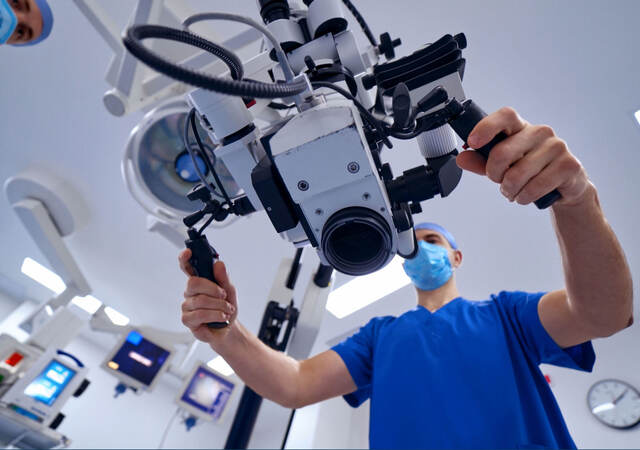October 11, 2023
By Heather Crawford and Evangeline Loh
Continuing our coverage of the recent RAPS Convergence 2023 conference in Canada, we examine the issue of European Medical Devices Regulation (MDR) compliance challenges regarding clinical evaluations and clinical investigations, which are the most common causes for MDR nonconformities according to RAPS conference presenters.
Our previous coverage of RAPS Convergence 2023 themes includes European notified body developments and In Vitro Diagnostic Medical Devices Regulation (IVDR) compliance challenges.
Background
It didn’t come as a surprise.
During the afternoon session on October 4, 2023, Suzanne Halliday, MSc. D.Phil., presented data on the most common BSI European Medical Devices Regulation (2017/745, MDR) nonconformities. Number one (of the files reviewed) was clinical evaluations and clinical investigations.
This aligns with the data Emergo by UL has reviewed and all the manufacturers we have assisted with MDR consulting.
What is the update on clinical evidence?
The European guidance, MEDDEV 2.7/1, Rev. 4 is expected to be updated at the end of this year (Phase 1). This includes many items (not an exhaustive list): clarification on definitions, discussion on when a PMCF study is required, information on indirect clinical benefit, use of retrospective clinical studies, and appraisal method aligned with MDCG 2020-6. Another update to the guidance will be published (Phase 2) and among other things, this will consider the hierarchy of clinical evidence from CORE-MD, use of state-of-the art (SOA), application of Article 61(10), and use of surrogate endpoints.
There is an Approved Work Item (AWI) for a new standard, ISO 18969 on clinical evaluation. This is still in the draft phase.
The notified bodies have been monitoring and reviewing the outcomes from Article 54(1), clinical evaluation consultation procedure (CECP), including partaking in the discussion when their manufacturer is involved.
Practical guidance on clinical evidence
Many RAPS attendees were raptly discussing clinical evidence.
The MDR places the onus on the manufacturer to justify the clinical evidence and the extent of the documented clinical evaluation report (CER). The notified body representatives note that deficiencies occur when the manufacturers do not share the explanation and the narrative. There is no story.
As we all appreciate, the manufacturer must perform a documented (protocol) literature review on the subject devices (and equivalent device(s)) as well as SOA, including similar devices. Even if there are no results, the execution of this and the results must be described.
When Dr. Halliday was asked about one of the more common errors with CERs, she expounded that it was not assessing the pharmacological alternatives in SOA. While this would not be necessary for all devices, there are disease states and conditions in which the SOA would include pharmacological intervention.
Use of Article 61(10)
The notified body representatives recommended that additional guidance on Article 61(10) “results on non-clinical testing methods alone” is available from the Clinical Evaluation Assessment Report template (MDCG 2020-13). There is also forthcoming additional guidance to be included as part of the Phase 2 update to MEDDEV 2.7/1.
An example presented was that if the literature search on a device proposed to be appropriate for Article 61(10), yielded 20 articles, this would likely be a poor candidate for the use of Article 61(10).
So, again, the literature search would need to be performed and documented for the regulatory strategy to support Article 61(10), and there would be expected to be limited to no results on the subject devices.
Concluding remarks
A documented literature search remains pivotal to a CER. This has always been fundamental to a CER and includes a literature search on the device and the SOA.
The manufacturer must justify and support their CER as well as the regulatory approach and the compiled in the CER.
The CER remains one of the most challenging aspects of compliance with the regulation.
Request more information from our specialists
Thanks for your interest in our products and services. Let's collect some information so we can connect you with the right person.






